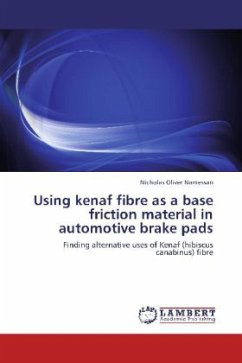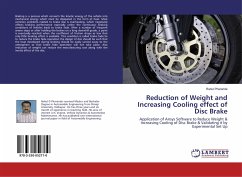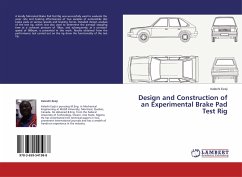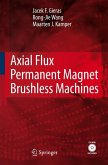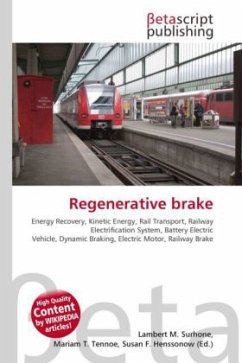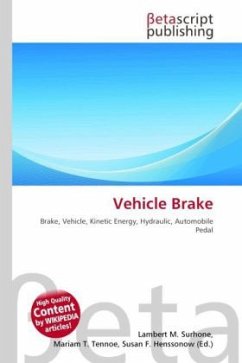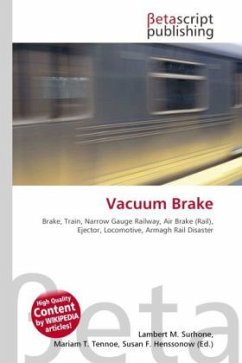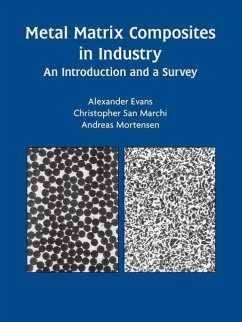This study deals with the use of kenaf (Hibiscus canabinus) fibre as a base friction material in the production of automotive brake pads. Asbestos fibre has been used as the traditional base material in brake pads but due to its health hazard, non-renewability, cost, non-biodegradability and difficulty in processing, the use of plant fibres that are biodegradable, cost effective, renewable and user friendly for brake pad production has been investigated in this work. In order to assess the suitability of kenaf fibre in the production of automotive brake pads, kenaf stems of 20 m thick were cut at the base, middle and top sections of the plant and were examined under a camera fitted optical light microscope with a stage micrometer. The fibres were retted, bleached and modified using mercerization, acetylation and semi-carbonisation techniques to obtain three modified fibres in addition to the crude fibre.Brake Pads were Produced from these samples and were evaluated, the performance evaluation results indicated that the crude fibre based kenaf brake pads have high percentage of porosity and water absorption capacity with an average value of 38 % and 0.067 g respectively.
Bitte wählen Sie Ihr Anliegen aus.
Rechnungen
Retourenschein anfordern
Bestellstatus
Storno

